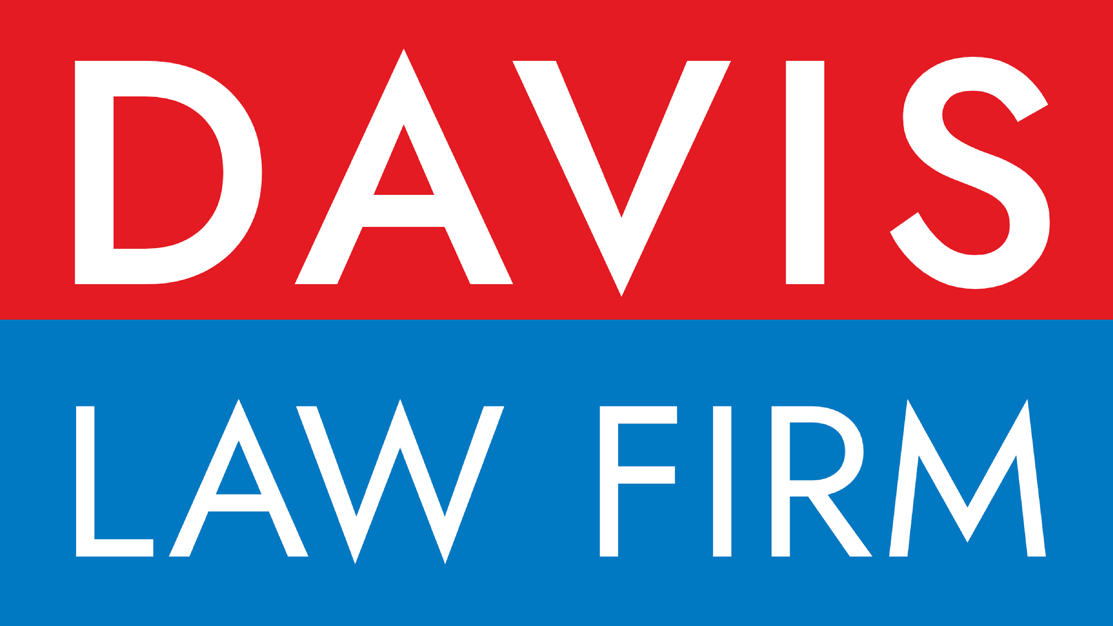During and after the Great Recession, many people had to rely on credit cards just to get by. Using credits cards that way can solve a short-term problem of not having money for medical bills, car repairs — or even groceries. But in the longer term, large credit card debt — and the hefty interest charges it entails — can create problems for consumers.
As we have discussed before in this blog, bankruptcy can be a viable strategy for consumers in San Antonio and across the country who are struggling with credit card and other forms of debt. This is true of all age groups. And this includes people over 50, as we discussed in our February 21 post on boomers and credit card debt.
The latest news about credit card usage is that it is going down nationally. From a peak of $1.022 trillion in July 2008, in the midst of the Recession, credit card indebtedness had fallen to $846 billion by March of this year. That is drop of more than 17.
To be sure, this is not an age of total austerity, either in Texas or nationally. Some types of borrowing, particularly for student loans and car loans, have been going up in recent months.
But significant financial pressures still continue for many families. It isn’t only that unemployment remains high. Even for many people who are working, finances remain tight.
Tax law changes at the beginning of the year contributed to this trend. As part of the resolution of the so-called Fiscal Cliff crisis, federal payroll tax cuts ended. And this has affected after-tax income across the board.
Even the fact that student loans are up contains a potential downside. In many cases, people go to school to improve their chances in an otherwise poor job market. But if the schooling does not lead to a good job, it can present problems with student loan debt.
Source: “Consumers cut back on credit card use in March,” USA Today, 5-7-13
